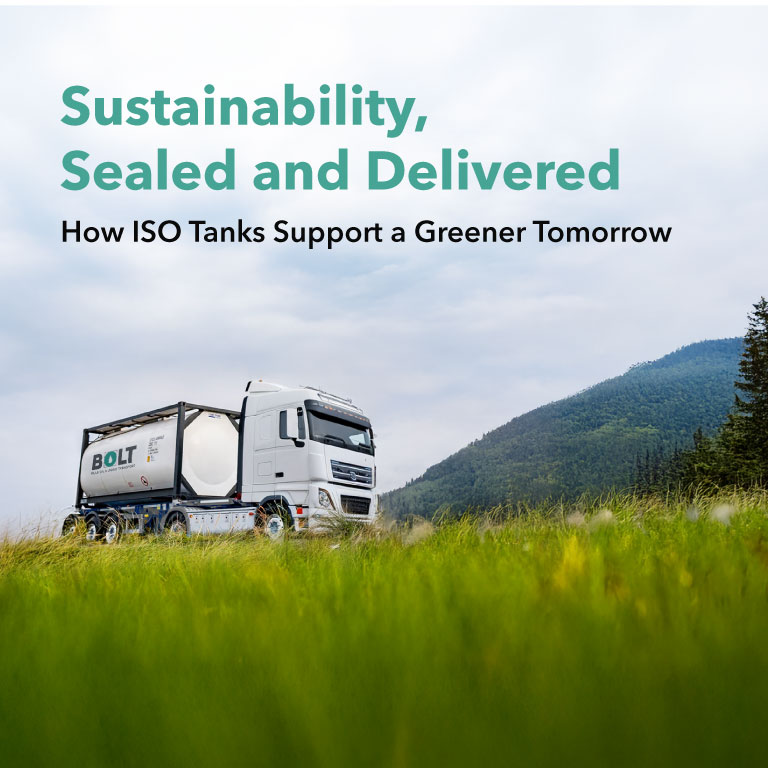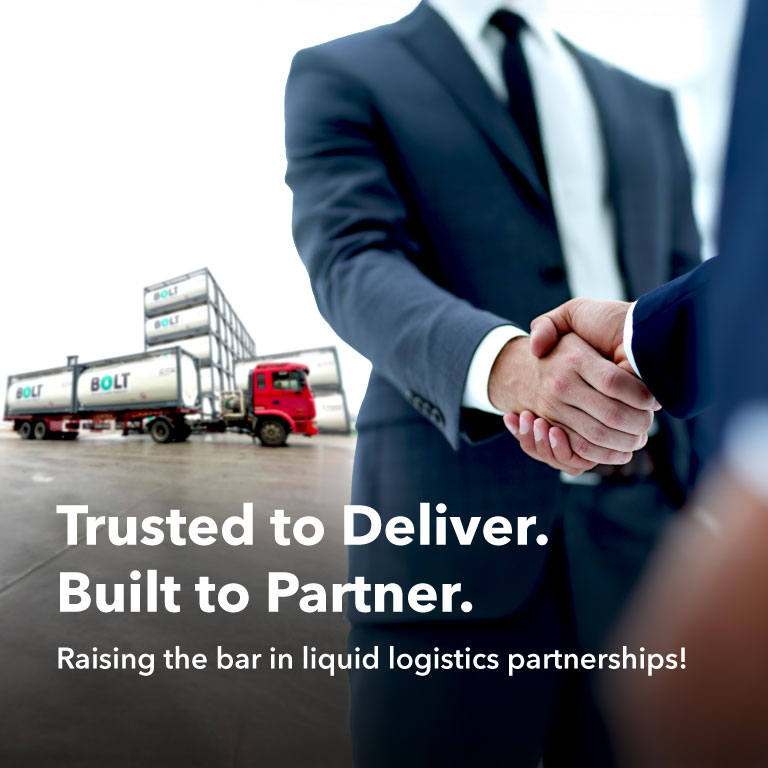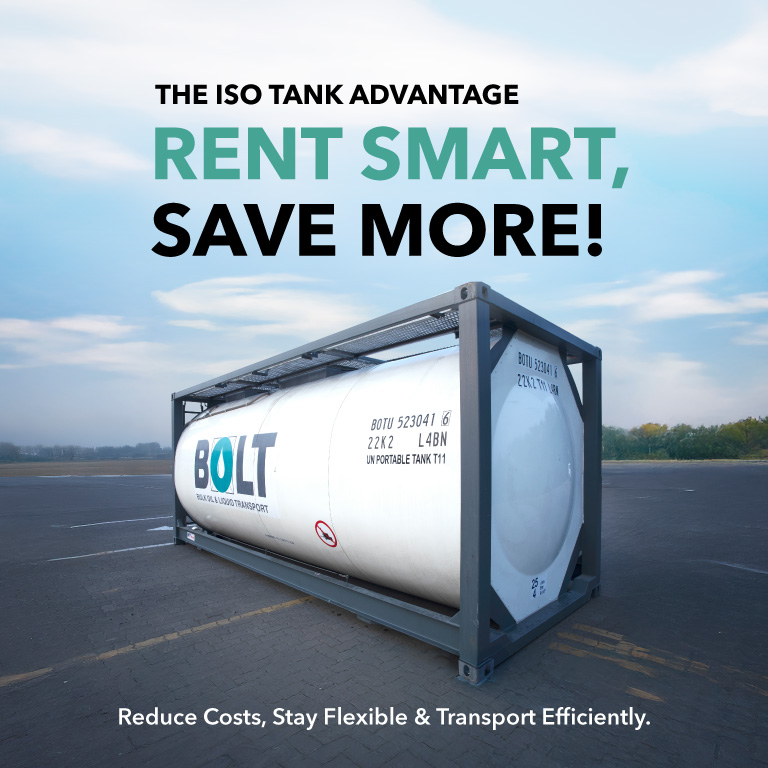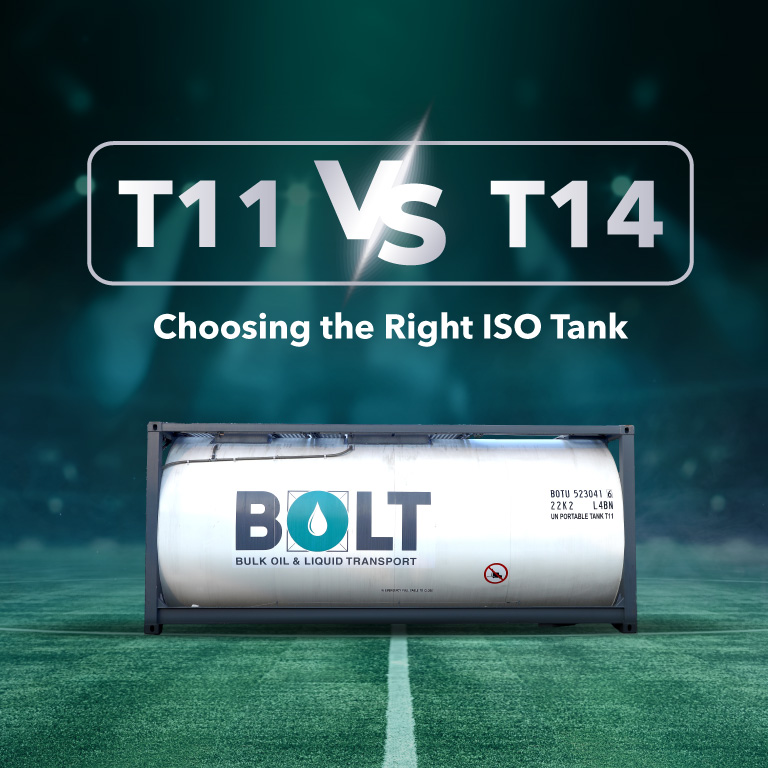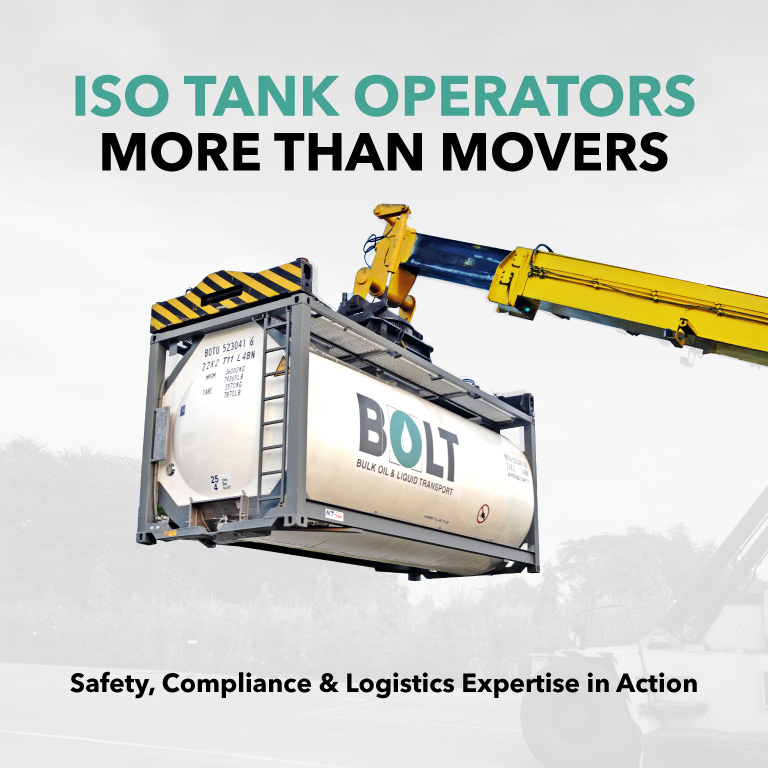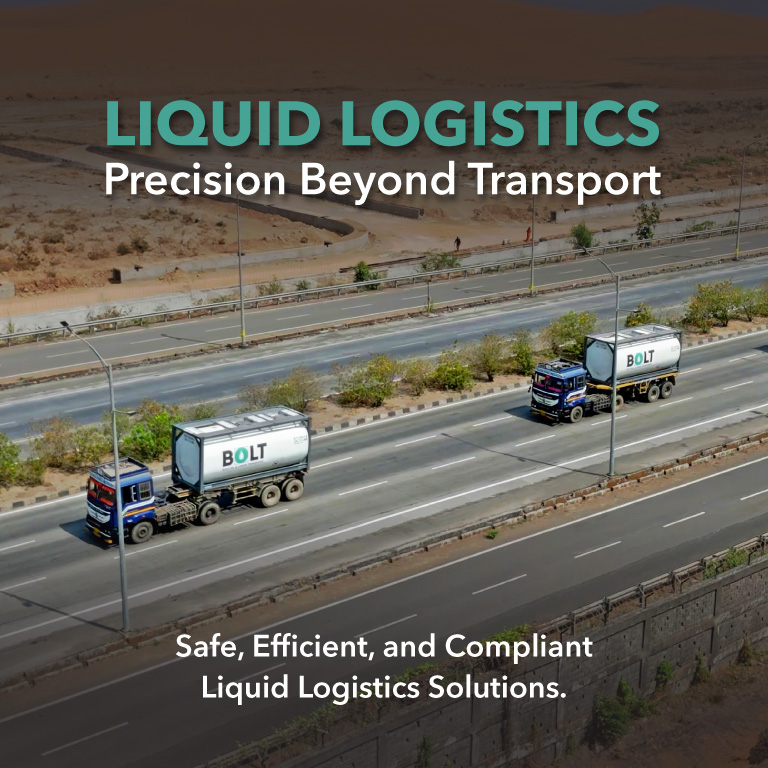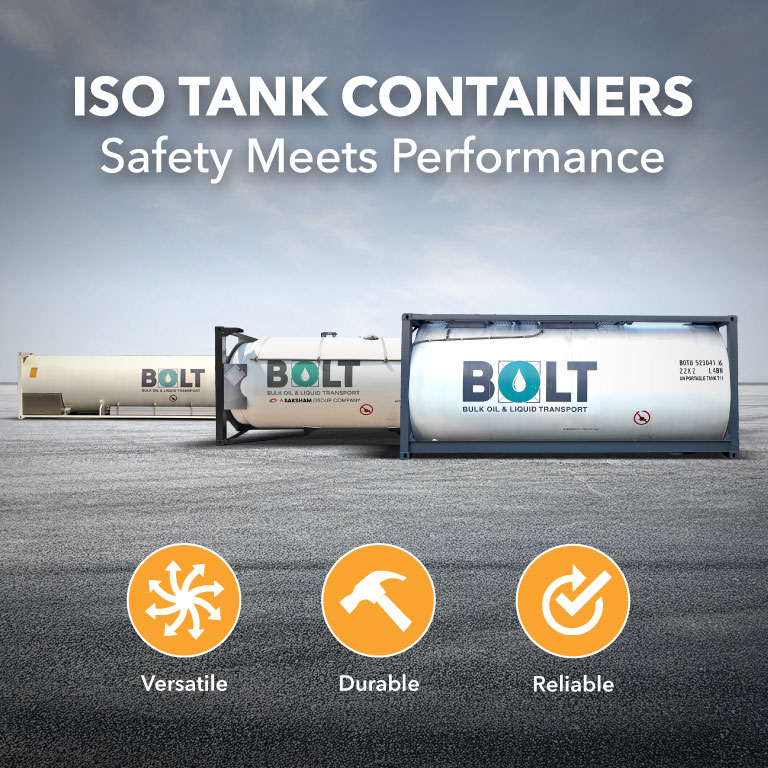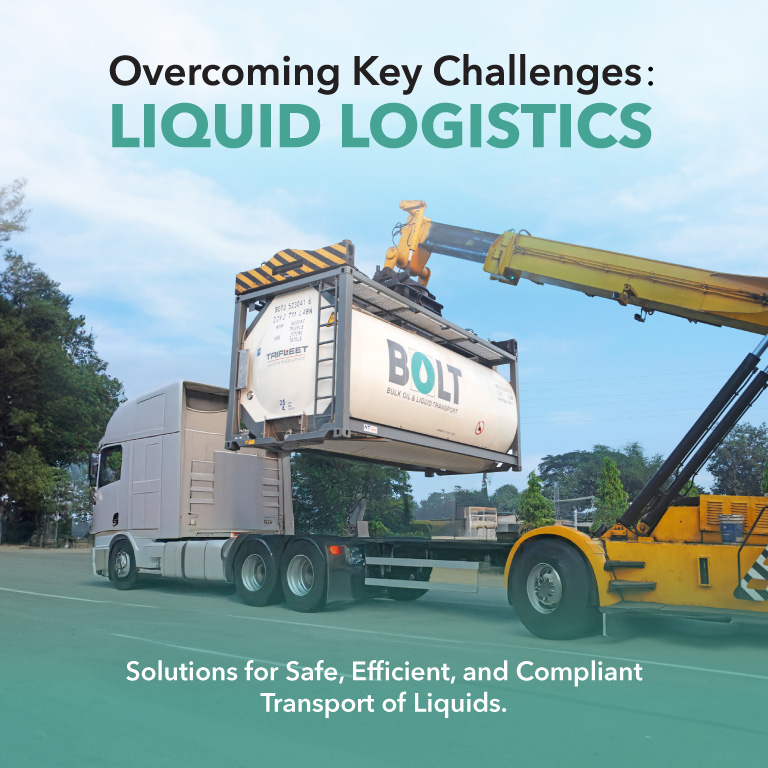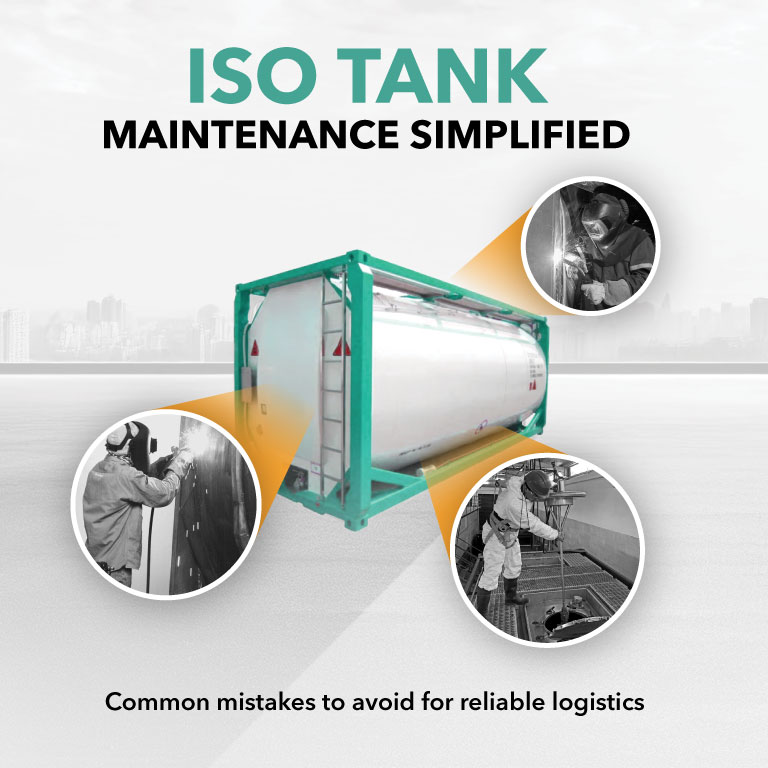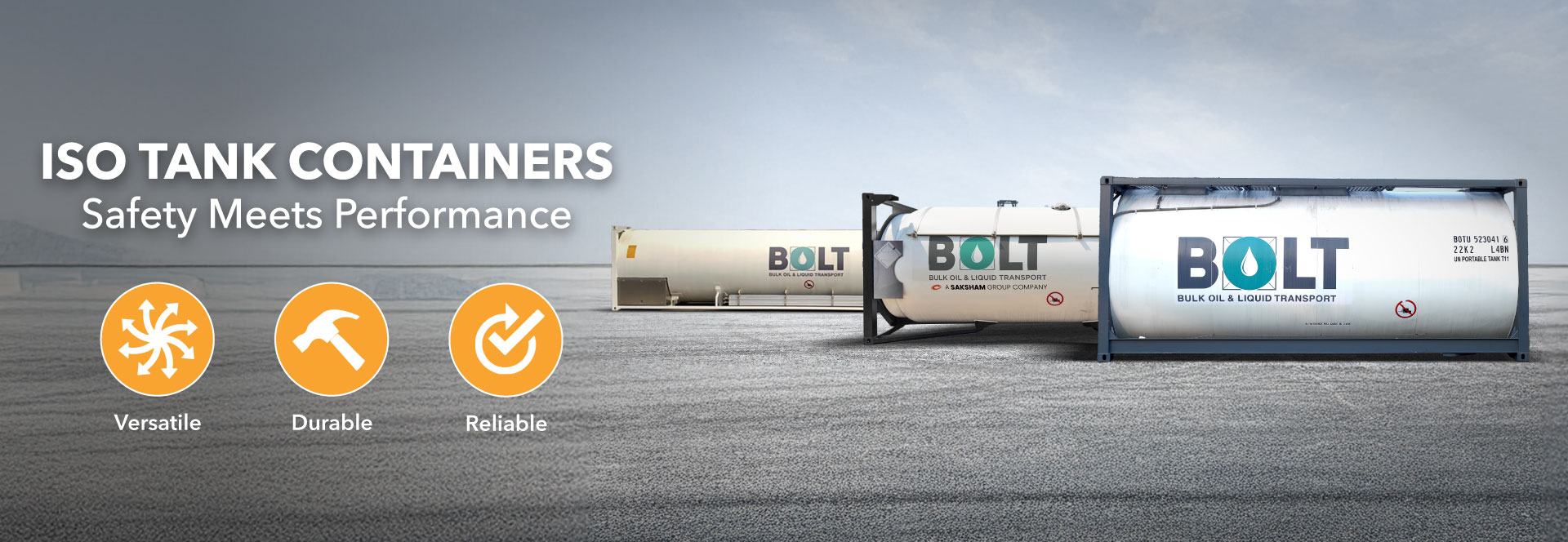
A Comprehensive Guide to ISO Tank Containers for Liquid, Gas, and Cryogenic Transport
Global trade in liquids, gases, and cryogenic materials requires precision, safety, and adherence to international transport standards. ISO tank containers have become indispensable in logistics, providing a robust, standardized solution for bulk transport across various industries. From general-purpose tanks for liquids to highly specialized tanks for cryogenics, these containers offer unmatched efficiency and reliability. In this detailed guide, we explore T11, T14, T50, and T75 ISO tanks—their features, uses, and benefits—and how they enhance the transport of diverse cargo.
T11 ISO Tank Containers: The Versatile Workhorse
T11 ISO tank containers are the most common and widely used tanks in liquid transport, known for their adaptability across industries. Constructed from stainless steel, these tanks are resistant to corrosion and suitable for both hazardous and non-hazardous liquids. With capacities ranging from 21,000 to 26,000 litres, they feature insulation and heating systems for temperature-sensitive cargo. T11 tanks are ideal for transporting food-grade products such as edible oils and fruit juices, as well as industrial chemicals like solvents and ethanol.
Key Features of T11 ISO Tanks
- Versatility: Suitable for both hazardous and non-hazardous liquids.
- Stainless Steel Construction: Resists corrosion, ensuring durability.
- Temperature Control: Features insulation and heating for sensitive cargo.
- Wide Compatibility: Ideal for various liquids, including food-grade products and chemicals.
T11 tanks are trusted for their robust design, which enhances safety for cargo and personnel while reducing maintenance. Their compatibility with a wide range of liquids makes them a reliable choice for bulk liquid transport.
T14 ISO Tank Containers: Tailored for Corrosive Chemicals
T14 ISO tank containers are designed specifically to handle aggressive and corrosive liquids, providing a specialized solution where standard tanks would fall short. These tanks are often equipped with internal linings or advanced coatings that resist chemical reactions, making them suitable for highly reactive cargo such as concentrated acids, caustic soda, and other industrial chemicals. Safety is a priority with reinforced pressure-relief systems and durable safety valves.
Key Features of T14 ISO Tanks
- Corrosion Resistance: Special linings and coatings protect against aggressive chemicals.
- Pressure Relief Systems: Enhanced safety mechanisms for hazardous cargo.
- Reduced Contamination Risk: Ideal for high-purity substances.
- Compliance with Regulations: Meets stringent global transport requirements.
By using T14 tanks, shippers can extend tank life, reduce the risk of product contamination, and comply with stringent global transport regulations. This makes T14 ISO tanks indispensable for industries requiring the safe handling of hazardous and high-purity substances.
T50 ISO Tank Containers: Engineered for Gas Transport
The safe transport of liquefied gases demands precision engineering, and T50 ISO tank containers are designed to meet this challenge. These tanks are built to handle pressurized cargo such as LPG (liquefied petroleum gas), ammonia, and butane. With certified pressure-resistance and advanced temperature control features, T50 tanks ensure that gases remain stable throughout the journey. Safety features include built-in pressure-relief systems to manage pressure fluctuations.
Key Features of T50 ISO Tanks
- Pressurized Cargo: Built for safely transporting liquefied gases like LPG and ammonia.
- Certified Pressure-Resistance: Ensures safe transport under high pressure.
- Temperature Control: Regulates temperature to keep gases stable.
- Pressure Relief Systems: Designed to prevent accidents and protect cargo.
T50 tanks offer a durable and efficient solution for gas transport, providing the confidence that comes with specialized design and regulatory compliance in handling volatile substances.
T75 ISO Tank Containers: Mastering Cryogenic Transport
Cryogenic transport requires unparalleled temperature control, and T75 ISO tank containers are built for the task. Designed with double-walled vacuum insulation, these tanks maintain ultra-low temperatures for products such as liquid nitrogen, oxygen, and LNG (liquefied natural gas). The vacuum layer prevents heat transfer, ensuring that temperatures remain stable even over long distances. T75 tanks are equipped with sophisticated pressure-control systems, which are vital to prevent vaporization losses and maintain cargo integrity.
Key Features of T75 ISO Tanks
- Vacuum Insulation: Maintains ultra-low temperatures to preserve cryogenic materials.
- Advanced Pressure Control: Keeps cargo safe from pressure fluctuations.
- Temperature Stability: Ensures consistent temperatures even over long-distance transport.
- Reliability: Designed to withstand extreme conditions in cryogenic logistics.
These tanks offer maximum safety and efficiency for cryogenic materials, delivering reliability where precision temperature management is critical.
Choosing the Right ISO Tank Container
Selecting the correct ISO tank container is essential to ensure cargo safety, regulatory compliance, and operational efficiency. T11 tanks offer unmatched versatility for general-purpose liquids, T14 tanks are essential for corrosive chemicals, T50 tanks provide robust solutions for pressurized gases, and T75 tanks cater to ultra-cold cryogenics. By understanding the unique capabilities of each type, businesses can optimize their logistics operations, reduce risks, and enhance cargo safety.

